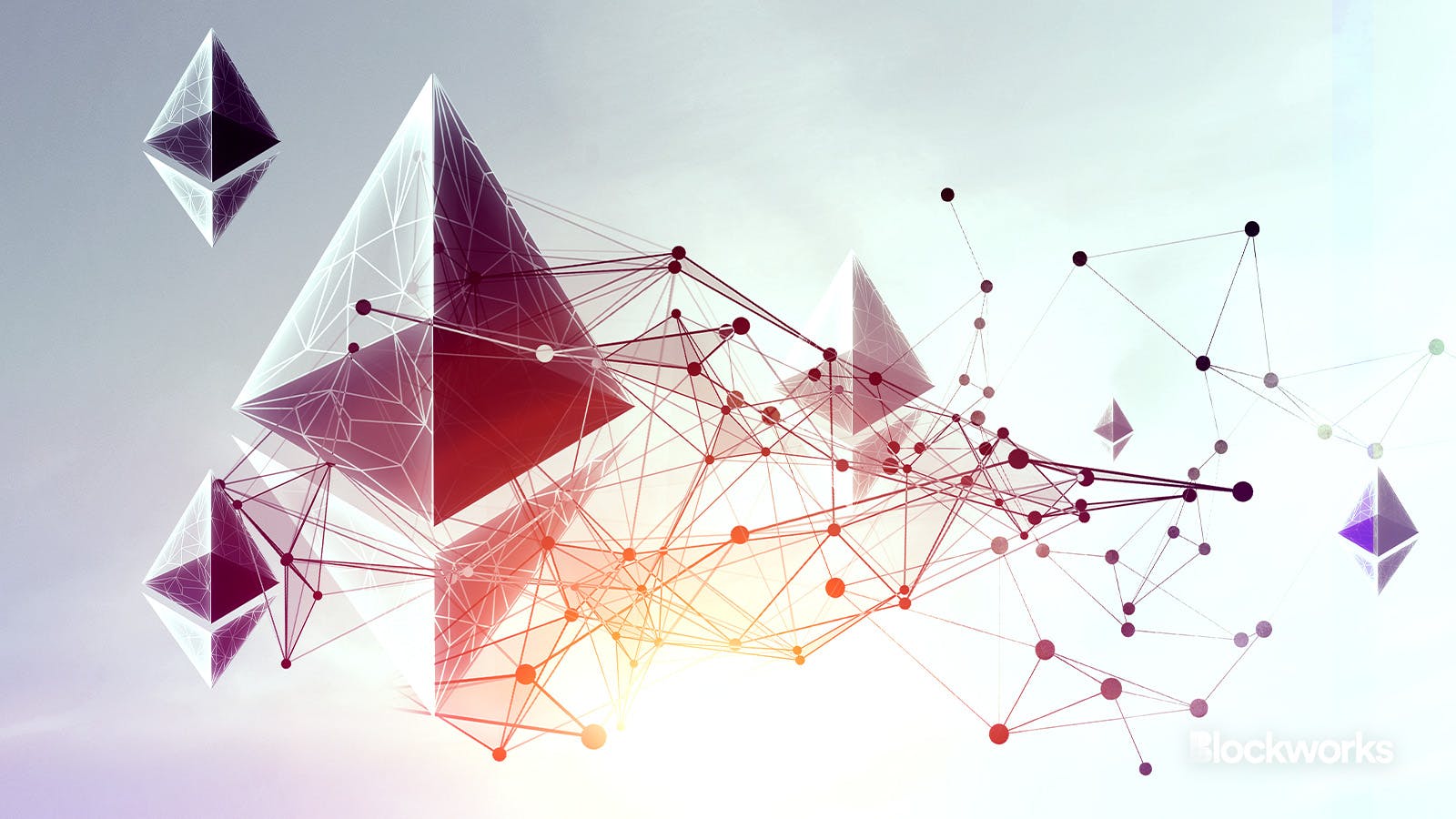A new EIP aims to revamp the tokenized vaults standard for RWAs
If EIP-7540 passes, protocols that have asynchronous workflows can benefit from yield-bearing vaults

Sergey Nivens/Shutterstock modified by Blockworks
A new Ethereum Improvement Proposal, or EIP, aims to introduce asynchronous deposit and redemption flows as an extension to the existing ERC-4626 tokenized vault standard.
ERC-4626 itself is a standard designed to introduce parameters for yield-bearing vaults. These vaults are smart contract platforms that execute strategies, providing rewards for the token depositor.
The standard, though, is designed to ensure that the vaults are atomic, meaning that swaps have a deposit and redemption limit. Another way to explain atomic vaults would be “all or nothing” — If X happens, Y must happen at the same time.
Read more: Tokenized vaults see steady deployments after ERC-4626 adoption
In an interview with Blockworks, Asad Khan, a DeFi politician at Centrifuge, explains that with atomic transactions, a user who deposits something to lend immediately receives a token that represents what they share.
EIP-7540, in this instance, would ensure that asynchronous deposits and redemption flows are possible.
This EIP has the potential to benefit protocols that deal with real-world assets (RWAs), cross-chain lending and liquid staking, according to Khan.
“The asynchronous request is you deposit a token, and you may not get the token back until the request is complete later on, this can be based on a number of parameters,” Khan said.
An example of an asynchronous request would be, if X happens, Y can only happen under the conditions that Z is met.
In this case, X could be a lender who deposits collateral into a pool, Y would be the share that the lender receives only after Z, a borrower, actually borrows money from the pool.
As it currently stands, Khan explains, every RWA protocol has to deal with its own unique off-chain processes. The purpose of EIP- 7540, would be to standardize how protocols can handle these on and off-chain transactions.
Asynchronous transactions could potentially lead to greater security risks, however. ERC-4626 vaults have been designed to be atomic to prevent one party from controlling multiple assets at the same time.
Jeroen Offerijns, Centrifuge’s chief technology officer and co-author of EIP-7540, told Blockworks that asynchronous deposit and redeem flows are inherently more complex than atomic flows when it comes to implementation because of the additional state transitions that are required.
“More attention should be to extensive testing of the flows, and auditing of any asynchronous vault implementation,” Offerijns said. “Standardizing can help by creating reusable property test suites, similar to what has been developed for ERC-4626.”
Read more: Tokenized Vault Standard on Ethereum Set to ‘Kick Off New DeFi Summer’
Offerijns noted that asynchronous flows will add pressure to protocols that must ensure an execution of a request operates fairly. Offerijns added that Cenfrigue has built an epoch mechanism that can bundle orders and even the playing field for requests and protect against frontrunning.
EIP-7540 is still in its early stages. The proposal must first be discussed on the Ethereum Magicians forums before moving onto next stages.
“Once consensus has been reached, the proposal will move to review, last call and in the end a final stage, at which point it is accepted,” Offerijns said.
Get the news in your inbox. Explore Blockworks newsletters:
- The Breakdown: Decoding crypto and the markets. Daily.
- Empire: Crypto news and analysis to start your day.
- Forward Guidance: The intersection of crypto, macro and policy.
- 0xResearch: Alpha directly in your inbox.
- Lightspeed: All things Solana.
- The Drop: Apps, games, memes and more.
- Supply Shock: Bitcoin, bitcoin, bitcoin.






